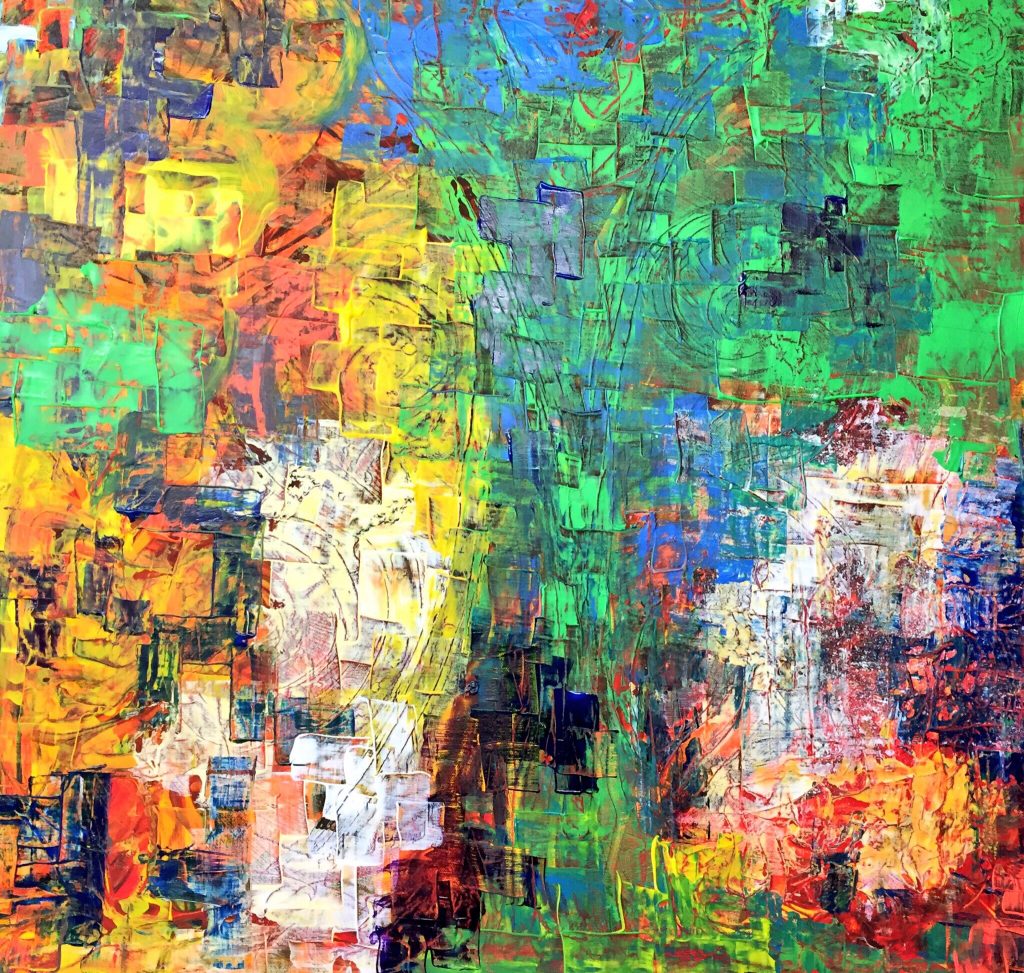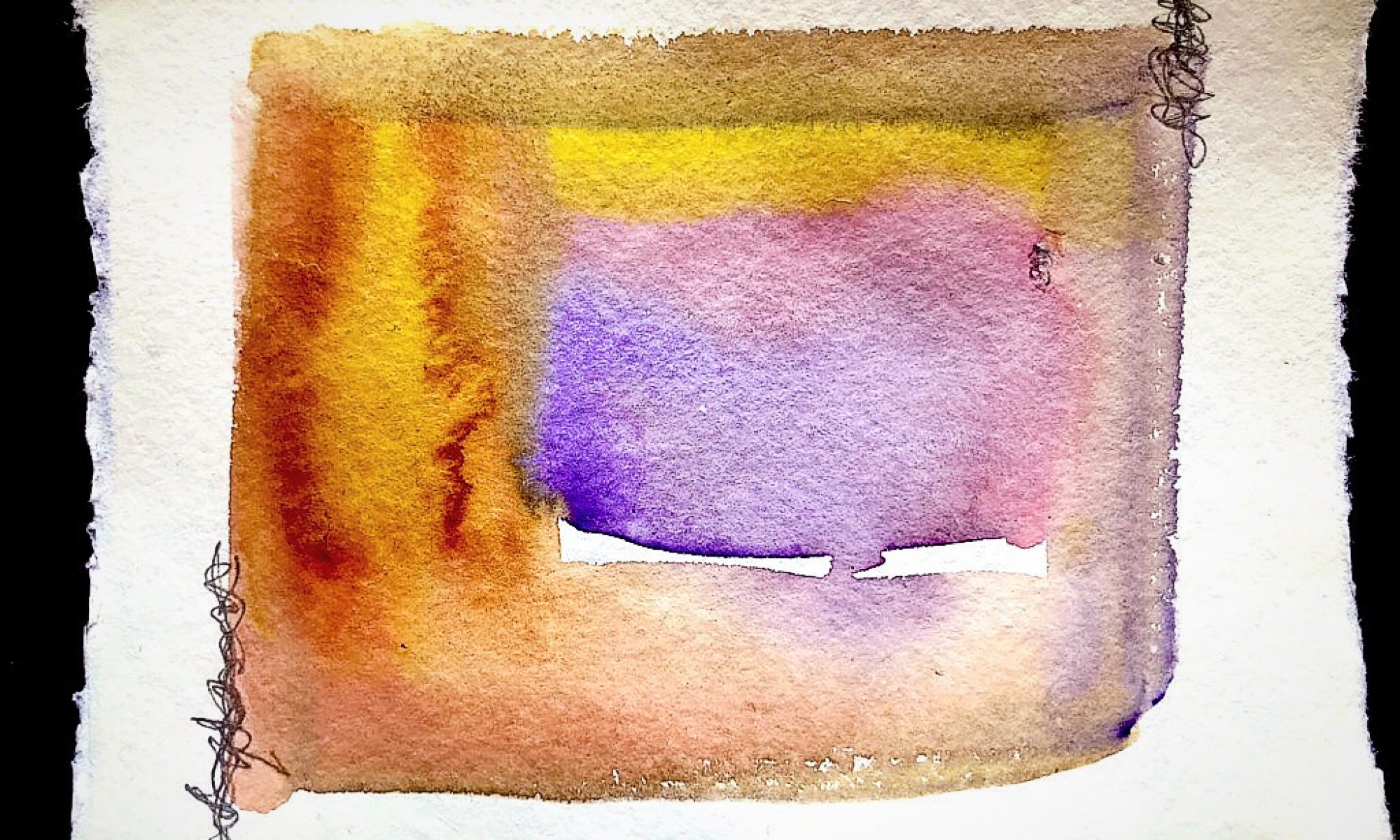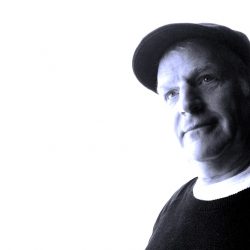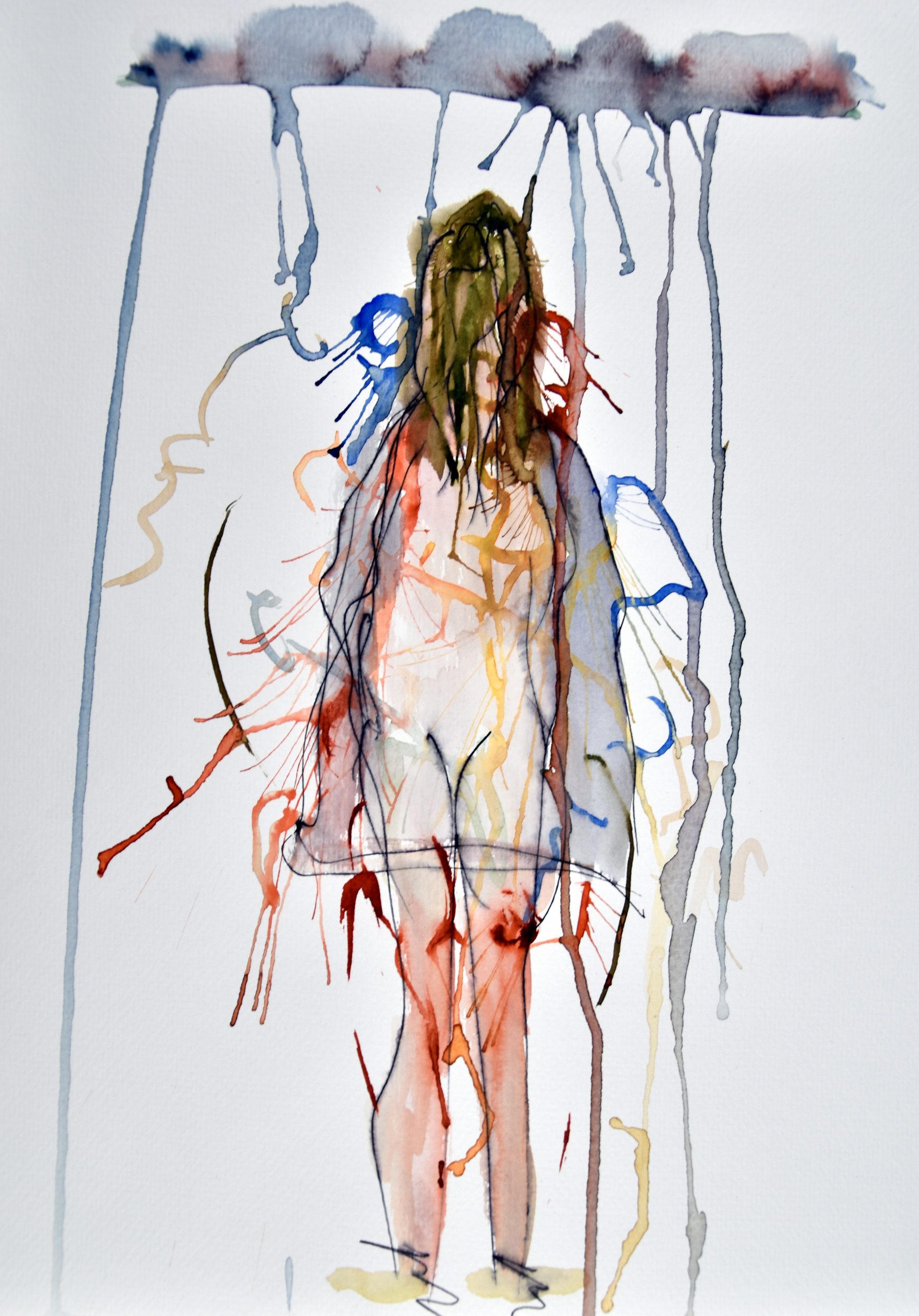Art has the power to promote healing and well-being in a variety of ways. In recent years, there has been growing scientific interest in the impact of art on physical, emotional, and mental health. Here are some of the latest insights on the topic:
- Stress reduction: Exposure to art has been shown to reduce levels of stress hormones like cortisol. Research has also found that viewing art can lower blood pressure and heart rate, which can have a positive impact on overall health.
- Pain management: Art therapy has been used as a complementary treatment for chronic pain, helping patients manage their symptoms and improve their quality of life. Studies have found that engaging in creative activities like painting or drawing can help reduce pain and improve mood.
- Improved mental health: Art therapy has also been used to treat a variety of mental health conditions, including anxiety, depression, and PTSD. Creating art can be a powerful tool for expressing emotions and reducing symptoms of stress and anxiety.
- Enhanced cognitive function: Research has found that exposure to art can improve cognitive function, including memory, attention, and problem-solving skills. Engaging in creative activities can also stimulate the brain and promote neuroplasticity, which can help stave off cognitive decline.
- Increased social connection: Art can be a powerful tool for building social connections and promoting community engagement. Art exhibits and events can bring people together and provide a sense of belonging and connection.
Overall, the scientific evidence suggests that art can have a powerful healing impact on individuals and communities. As such, the use of art therapy and other creative interventions is becoming increasingly widespread in healthcare settings and beyond.Regenerate response
NonAnoN Journey on the experiments with NFT and healing art
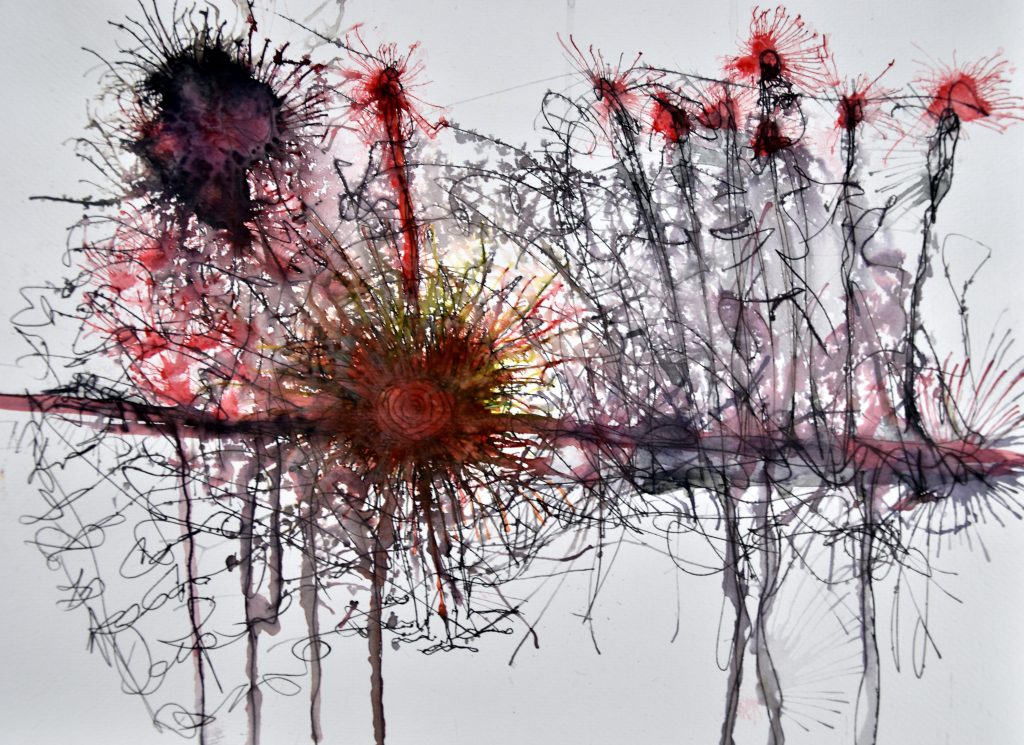
Healing NFT Art: Beyond Social Experiments and NonAnoN’s Inspiring Journey
Healing NFT art is gaining momentum as artists like NonAnoN use their talents to create meaningful, transformative pieces that resonate with viewers on a deep emotional level. NonAnoN’s artwork goes beyond the realm of social experiments, offering a glimpse into the power of art to inspire change and promote emotional healing.
Embracing the Digital Art World
NonAnoN has embraced the digital art world with open arms, creating captivating NFTs that not only showcase their artistic abilities but also encourage self-reflection and emotional growth. By bringing the transformative power of art into the realm of NFTs, NonAnoN is reaching a broader audience and opening up new avenues for creative expression and connection.
Art That Resonates
NonAnoN’s artwork speaks to the heart, inviting viewers to explore their emotions and confront their inner struggles. Each piece is carefully crafted with the intention of promoting healing and self-discovery. NonAnoN’s healing NFT art serves as a reminder that we all have the power to overcome challenges and grow from our experiences.
A New Frontier
NonAnoN is at the forefront of a new frontier in the art world, creating a space where technology and creativity collide. By pushing the boundaries of traditional art forms, NonAnoN is proving that digital art can be just as impactful and emotionally resonant as its physical counterparts. Through innovative techniques and heartfelt themes, NonAnoN’s artwork is capturing the attention of collectors and art enthusiasts alike.
Join the Healing Journey
By engaging with NonAnoN’s healing NFT art, you’re not only supporting an artist on the cutting edge of the digital art world, but you’re also participating in a collective journey towards emotional growth and self-discovery. NonAnoN’s artwork is a testament to the power of creativity and the transformative potential of art.
In conclusion, NonAnoN’s inspiring journey into the world of healing NFT art offers an exciting glimpse into the future of creative expression. By embracing the digital art landscape and creating pieces that promote emotional healing, NonAnoN is proving that the power of art transcends mediums and touches the lives of countless individuals. Don’t miss the opportunity to be a part of this groundbreaking movement – explore NonAnoN’s captivating artwork and join the healing journey today.
Here you get to NonAnoN NFT Collection on Objkt.com
Art is a powerful tool
Art can be a powerful tool for personal growth and self-discovery, as well as for developing a deeper understanding of our universe. Here are some ways in which art can be used to achieve these goals:
- Self-expression: Creating art can be a way to express thoughts, emotions, and experiences that may be difficult to put into words. By engaging in the creative process, individuals can explore their inner worlds and gain a deeper understanding of themselves.
- Mindfulness: Art can be a form of meditation, allowing individuals to focus on the present moment and cultivate a sense of mindfulness. Through art-making, individuals can become more attuned to their senses and emotions, and develop a greater sense of inner peace.
- Symbolism: Art can be a powerful tool for exploring symbolism and metaphor, allowing individuals to delve into deeper meanings and themes. By examining the symbols and imagery in art, individuals can gain a greater understanding of the world around them and their place in it.
- Cultural exploration: Art can be a way to explore different cultures and ways of life, providing a window into the experiences of others. Through the study of art from different cultures and time periods, individuals can gain a greater appreciation for diversity and develop a deeper understanding of the human experience.
- Spiritual exploration: Art can be a tool for exploring spiritual themes and questions, allowing individuals to connect with deeper aspects of themselves and the universe. By engaging with art that explores spiritual themes, individuals can develop a greater sense of connection to the world around them and their place in it.
Overall, art can be a powerful tool for personal growth and self-discovery, as well as for developing a deeper understanding of our universe. Through the exploration of art, individuals can gain a greater appreciation for the complexities of the human experience and develop a more profound sense of meaning and purpose in life.
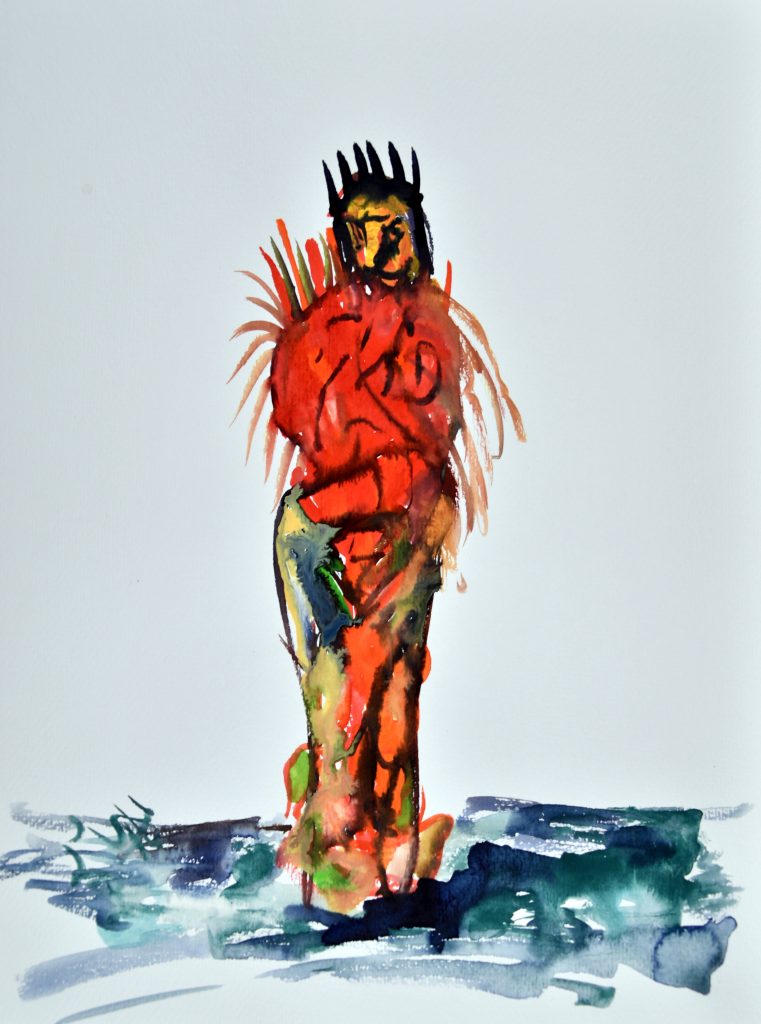
Healing art in the history
Art and symbols have been intertwined throughout the history of mankind. Symbols have been used in art as a way to communicate meaning, express emotion, and convey complex ideas. From the earliest cave paintings to the most recent digital art, symbols have been used to represent everything from spiritual concepts to political ideologies.
The development of art and symbols has been influenced by a range of factors, including cultural, social, and technological changes. Throughout history, art and symbols have been shaped by the beliefs, values, and practices of different societies, as well as by the advancements in technology and communication.
One of the most significant changes in recent times has been the rise of digital art and the use of new technologies to create and share art. This has opened up new possibilities for artists to explore and experiment with different forms of expression, as well as for audiences to engage with art in new and innovative ways.
As we look to the future, the development of art and symbols will likely continue to be shaped by technological advancements, as well as by social and cultural changes. New forms of art and symbolism may emerge, as well as new ways of using art to express ideas, communicate meaning, and connect with others.
However, despite these changes, the fundamental role of art and symbols in human communication and expression is unlikely to change. Art and symbols will continue to be a vital part of our cultural heritage and a powerful tool for connecting with ourselves, each other, and the world around us.
Human versus AI art in the Healing Process
As we look to the future of art and its role in the healing process, we are faced with a new challenge: the rise of artificial intelligence (AI) art. While AI-generated art has the potential to create beautiful and compelling works, it raises questions about the role of human creativity and expression in the healing process.
Art has long been recognized as a powerful tool for healing, offering a way to connect with our deepest emotions, to explore our inner selves, and to find hope and inspiration in times of difficulty. However, as we turn to AI-generated art, we risk losing the very human qualities that make art such a powerful healing tool.
AI-generated art may be aesthetically pleasing, but it lacks the depth and complexity of human creativity. It cannot capture the nuances of our emotions or the intricacies of our experiences. It cannot provide the same level of connection and empathy that human art can.
While AI art may have its place in the art world, it cannot replace the healing power of human creativity. As we continue to face the challenges of our world, from pandemics to social and political upheaval, we need art that speaks to the human experience, that touches our hearts and souls, and that offers us hope and inspiration.
We need art that is created by human hands, hearts, and minds, that reflects our deepest emotions and experiences, and that helps us to connect with one another in profound and meaningful ways.
As we move forward, we must be mindful of the role that AI-generated art plays in our lives and in the healing process. We must embrace the power of human creativity and expression, and recognize that art is not just about aesthetics, but about the very essence of what it means to be human. In this way, we can ensure that art continues to be a vital tool for healing, growth, and transformation, for generations to come.
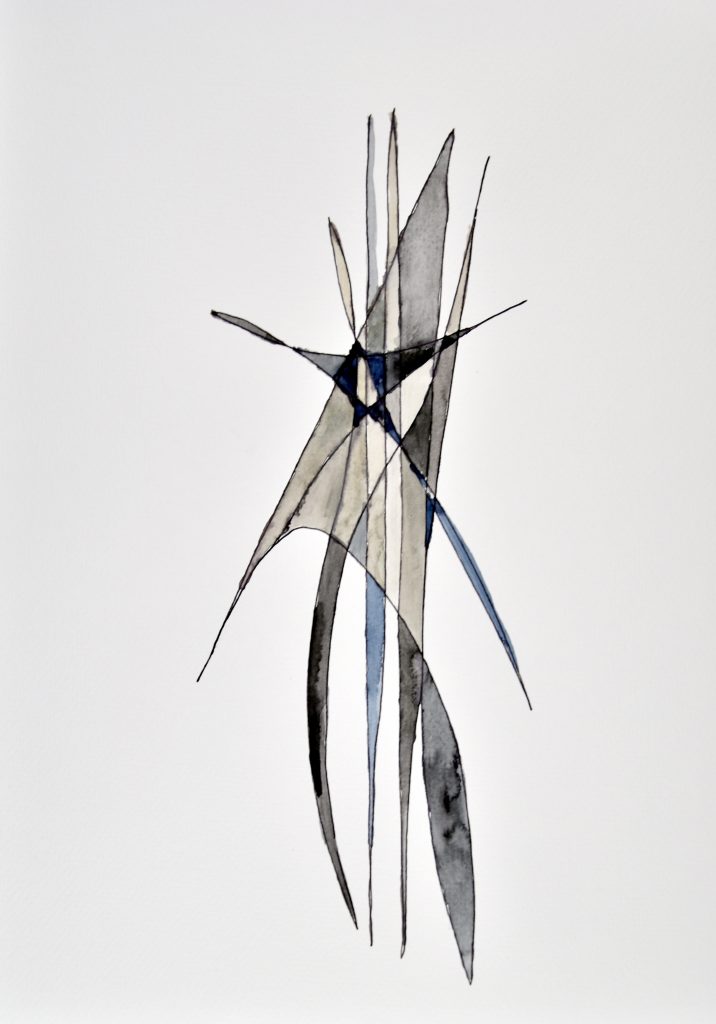
AI art and its role in healing with art
Yes, you are right! In recent years, there has been a growing recognition of the healing power of art, and its potential to help us overcome physical and emotional challenges.
One notable success story is the Art Heals Health project, which was launched in 2017 by a group of artists, doctors, and researchers. The project aimed to explore the impact of art on patients with chronic illnesses, such as cancer and heart disease.
Over the course of several years, the project conducted a series of studies and clinical trials, which showed that art therapy can help to reduce symptoms of pain, anxiety, and depression, as well as improve overall quality of life for patients.
The success of the Art Heals Health project has led to a broader recognition of the healing power of art, and its potential to transform the way we approach healthcare. Today, art therapy is increasingly being used in hospitals, clinics, and other healthcare settings, as a way to support patients’ emotional, mental, and physical well-being.
In addition to its healing benefits, art also has the power to inspire and uplift us, to spark our creativity and imagination, and to help us connect with one another in profound and meaningful ways. Through art, we can explore the depths of our emotions, tap into our inner wisdom, and discover new insights and perspectives on the world around us.
In this way, art is not just a tool for healing, but a source of joy, inspiration, and growth, that can help us to live richer, more fulfilling lives. As we continue to explore the power of art to heal and transform, we can look forward to a brighter, more creative, and more connected future.
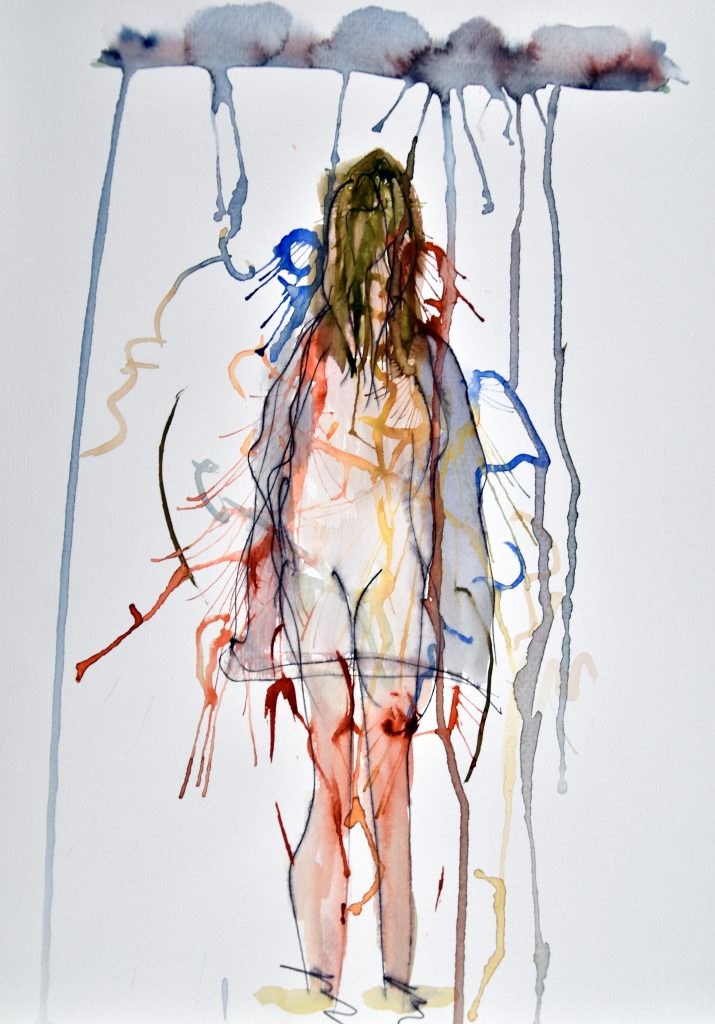
the role of Artificial Intelligence in Art
Artificial intelligence (AI) has been used in the creation of art for many years, and it has played an important role in advancing our understanding of life, love, and healing. AI algorithms can be trained to recognize patterns and generate new images, music, and even stories that can reveal insights into the human experience.
One example of AI art is the work of Refik Anadol, a Turkish media artist who uses machine learning algorithms to create immersive installations that explore the relationship between humans and technology. Anadol’s work has been featured in museums around the world, and it has helped to spark new conversations about the role of AI in our lives.
Another example of AI art is the work of Mario Klingemann, a German artist who uses neural networks to create mesmerizing digital portraits that challenge our perceptions of identity and beauty. Klingemann’s work has been recognized by major art institutions, including the Museum of Modern Art in New York, and it has helped to push the boundaries of what is possible in the realm of digital art.
In terms of healing, AI art has shown great potential in the field of mental health. For example, researchers have developed AI chatbots that can provide therapy to patients with anxiety and depression, and studies have shown that these chatbots can be just as effective as human therapists.
However, it is important to note that while AI art can reveal new insights and perspectives on the human experience, it is still limited by the algorithms and data sets that are used to train it. As such, it is important to approach AI art with a critical eye, and to recognize its limitations as well as its potential.
Ultimately, the power of AI art lies in its ability to spark new conversations and ideas, and to push us to think more deeply about the nature of our existence. As we continue to explore the frontiers of AI art, we can look forward to new insights, new discoveries, and new ways of seeing the world around us.Regenerate response
journal Thoughts on impact of art as an process of pain
Inspiring art has no healing powers. It was an illusion which to let go. Recognizing the capabilities of artwork as medicine. The medicine never heals. It is always the person who does the work of healing. May art inspire or give a revelation to that. Can be wrong – as I really do not know how this complex universe of healing and health is working at the end. Still, I create with the blessings and prayers that some of the creations invite the spectator into a space where healing can happen. May my and our understanding in how healing works will grow and our minds develop to their full potential.
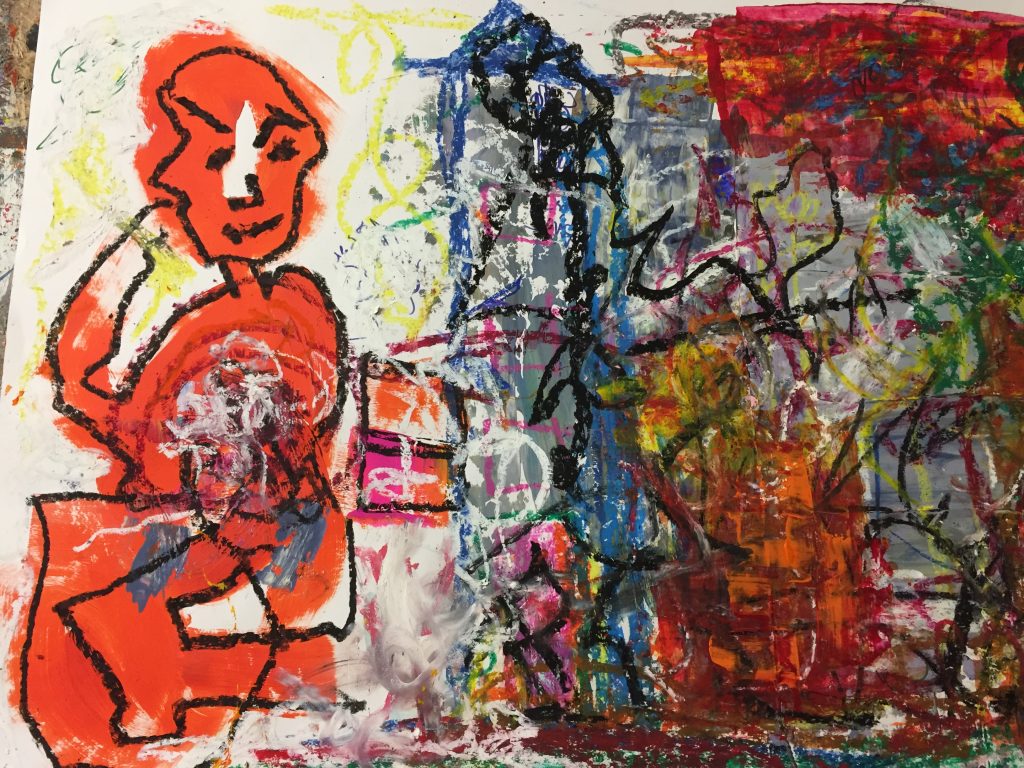
So it is not the art which heals. Normaly art is a very dead matter. Done in the past. What is happening in the present moment is a relation between the artwork and the spectator. In this relation, depending on the quality of the artist, the artwork and the spectator a connection is opening. An energy flow. A space which whouldn’t exist without the conditions of our time, the artist, the artwork and the space where both of them meet.
Art can inspire or transport some energies in this process between creation and presentation – but it is relatively static combined for example with a walk in nature.
I guess that is important. Artwork is not living. But it is a new language, a new experience. And by that, it can put the viewer into a new experience which he has forgot or has not experienced before.
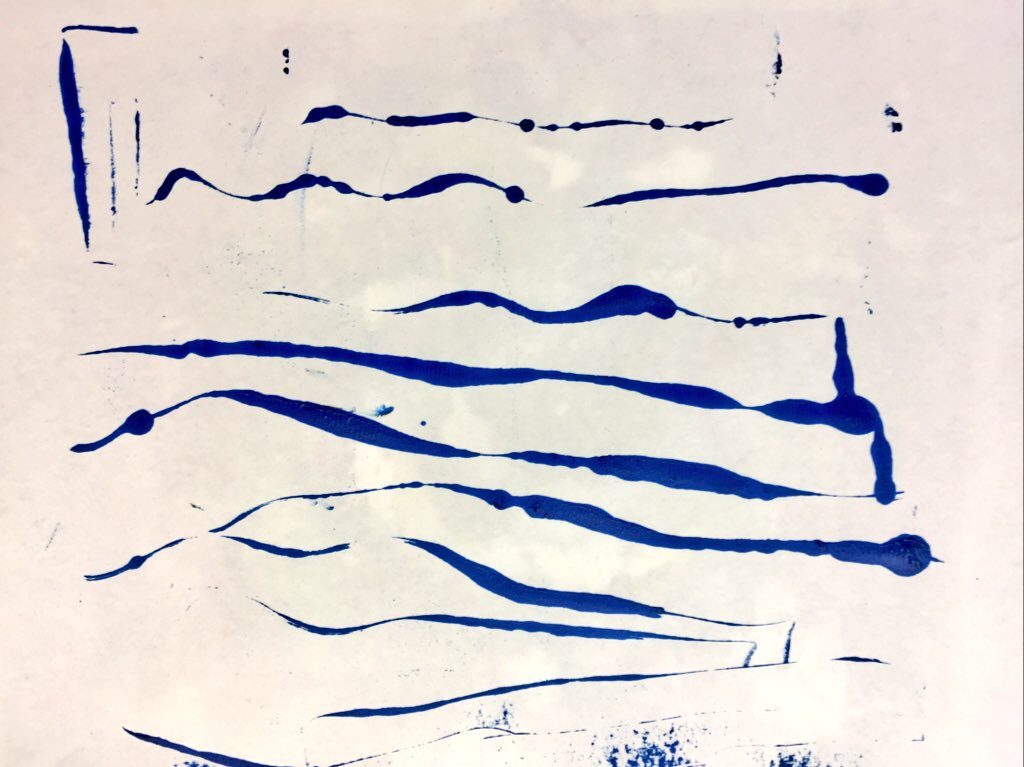
Art moves from frustration to creation
joy mixed in an ocean called life death experience
Art is a continuous process of creating. Imagining. Bringing to reality. Exhibit. Destroy. Choose. Recreate. Wonder. Test. Inspire. Get Frustrated. Make a break. Or just enjoy some time in the atelier without any idea or any vision at all. Or enjoy the luxury of not even showing the art or the process of creating to anybody. What a rate opportunity to keep a personal secret.
